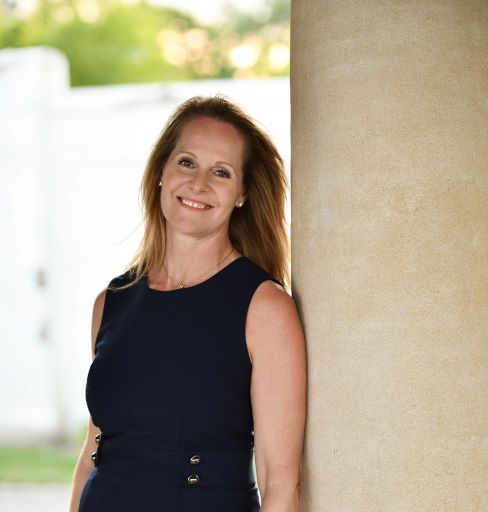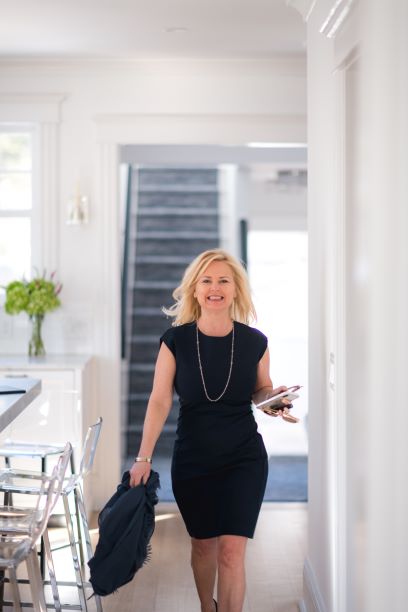Make Time for Reading
By Dr. Molly Ness
It’s the time of year when our Staples’ shopping carts are filled not with sunscreen and bug spray, but with binders, mechanical pencils, and the absurdly expensive graphing calculator. Our lazy summer evenings will soon become a frenzy of homework and sports practice. As we begin this back-to-school season, carve time for our children’s most important academic activity: reading. As a professor of reading education, parents often ask me what they should do at home to encourage literacy. My answer is neither flashy nor complicated, but it is based in decades of compelling research: read to your children and read with your children.
Consider this: The single biggest predictor of academic achievement and higher standardized test scores is reading to children – not workbooks, commercial tutoring programs, iPad apps, or educational software. When young children are read to at home, they build world knowledge, vocabulary, social skills, and basic literacy skills. They are less likely to display aggression, hyperactivity, and difficulty with attention.
Start this school year off right by adding a couple of effective practices into your read-alouds with young children. As you read aloud with children under the age of 5, draw their attention to the print, not merely the pictures. Ask a 3-year-old to show you where on the page to begin to read so she/he learns directionality, have a 4-year-old point to a letter in their name, challenge a five-year old to point to different punctuation marks in the text.
Read at home from nonfiction material that conveys information about the natural and social world. Common Core curriculum standards drastically increased the amount of class time that children spend with informational texts, yet most parents (myself included!) don’t naturally choose these fact-based books for bedtime stories.
Just because our children inevitably outgrow the warm comfort of our laps does not mean that they’ve outgrown the importance of reading with a parent. Parents often stop reading to children around Grade 2, when most children become independent readers. Only 17% of parents of children 9-11 read aloud to their children, yet 83% of kids aged 6-17 say being read to is something that they either loved or liked a lot.
With older readers, form a parent-child book club and treat your monthly meeting as a non-negotiable date – complete with sparkling cider and fancy hors d’ouevres (or the frozen ones from Trader Joe’s). Use books as conversation starters; your teenager might cringe when you bring up uncomfortable topics, but might be more receptive when discussing the powerful YA novel “Speak”. Or, select popular books that have film adaptations – even your resistant high school reader might join in reading for upcoming movie release of the wildly popular “The Hate U Give”.
Finally, find a time that best suits your family and your schedule. Get over the notion that reading must be confined to bedtime. After a long day of parenting and work, I certainly don’t have the energy to read “Harry Potter” in animated voices for my young daughter. Can you sneak in five minutes of reading over a bowl of cereal in the morning? How about a book on Audible as you shuttle kids to far-away soccer tournaments? Treating your teenage daughter to a pedicure? Use it as reading time. And yes, People magazine counts as reading!
<Dr. Molly Ness is a reading consultant and Associate Professor of Curriculum and Teaching at Fordham University’s Graduate School of Teaching.>















